Artist Amine El Gotaibi: ‘Africa has light inside. We have to trust in it’
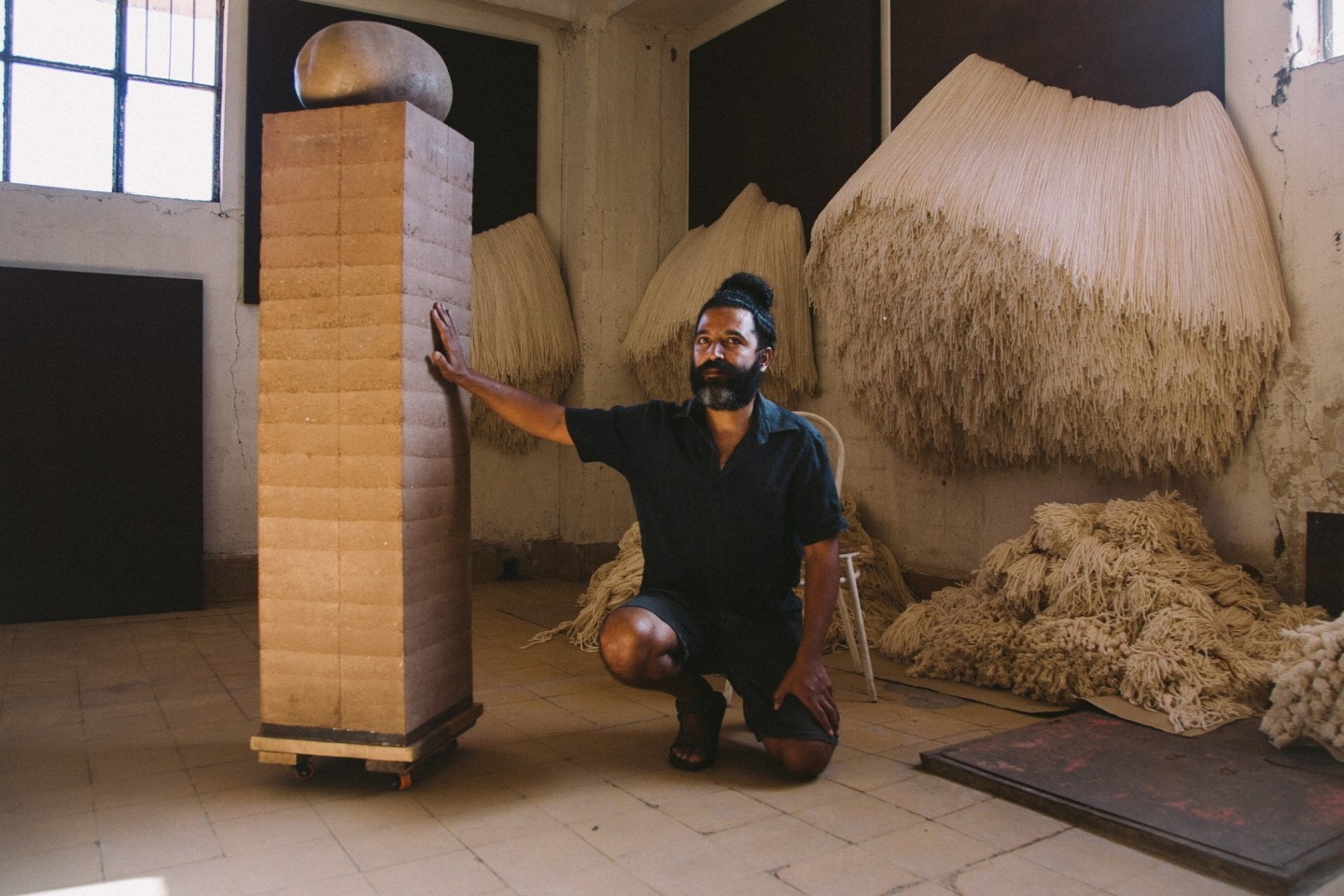
Roula Khalaf, Editor of the FT, selects her favourite stories in this weekly newsletter.
The artist Amine El Gotaibi was at home in Marrakech, relishing an alfresco dinner with friends, when the Moroccan earthquake struck on September 8. His eight-month-old daughter, Aribya, was “asleep inside when we saw the house move like paper”, he says. He and his wife, Amy, “both ran straight into the house to get the baby. Thankfully, everyone was safe.”
In the aftermath of the quake that killed more than 3,000 people, El Gotaibi felt ambivalent about creating art. While “it seems irrelevant to focus on a project when so many people need help,” he feels his “message stands even stronger” in light of such catastrophe: “Even in the face of disaster, we are not a helpless nation . . . We are able to rebuild.”
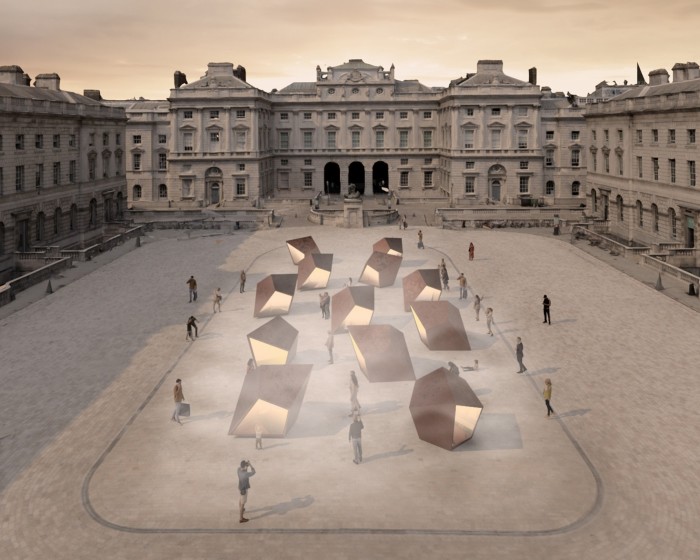
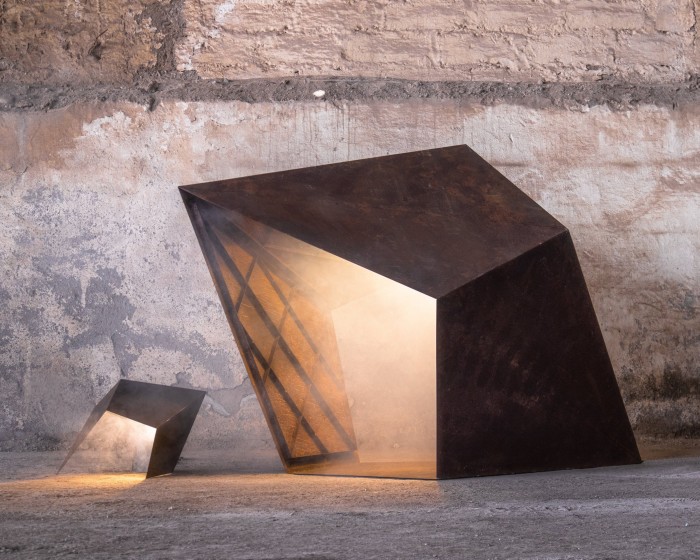
“Illuminate the Light”, El Gotaibi’s monumental installation, will occupy the courtyard of London’s Somerset House for the 1-54 contemporary African art fair. Presented by MCC Gallery in Marrakech, it was inspired by the “raw material” of light. Reversing the notion of western civilisation bringing enlightenment to the “dark continent”, the artist, 40, shines a beacon on a former imperial capital. “Africa produces light and makes a lot of companies and countries survive with the power of its materials,” he says. Yet the continent is “always seen as without light. Africa has light inside. We have to trust in it and do something as Africans, not wait for someone else.”
When we meet on a video call shortly before the earthquake, El Gotaibi is enmeshed in the Kafkaesque bureaucracy of securing a visa for London, though his wife and daughter are British. “My work is engaged with Africa,” he says, “so this makes it a real confrontation with the situation of being an African artist.” His poetic and technically challenging installations, involving sculpture, drawing, film and performance, range from “Ba Moyi Ya Afrika” (“Suns of Africa”, 2019) for the Young Congo biennale, which used 33 blazing spotlights as a metaphor for the continent’s human resources, to “Sun(W)hole_piece of cradle” (2020), a 15-metre-long wall he built on a hill in South Africa. The sun shining through a hole in its centre appeared to pierce the wall, embodying his “hope that Africans will wake and break the borders”.
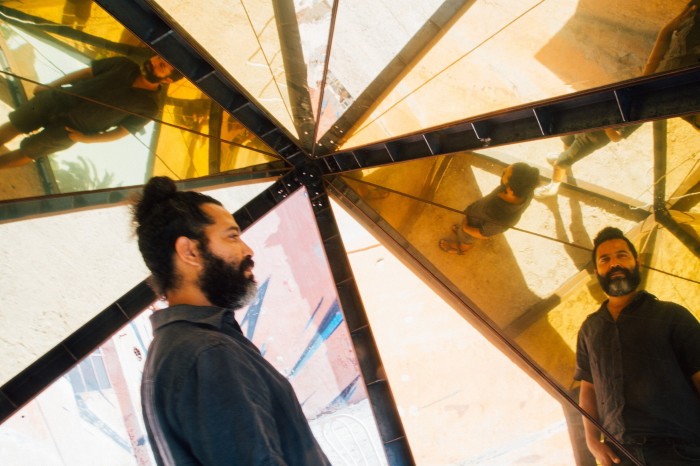
His obsession with light began when he read Ryszard Kapuściński’s 1998 travelogue The Shadow of the Sun, in which the Polish author writes, “In Africa, the sun is everywhere.” Africa, El Gotaibi counters, “has many suns — like young people”. His new installation’s abstract matrix forms, inspired by pomegranate seeds, evoke village dwellings. Though identical, each is poised at a different angle. He uses corten steel, a weather-resistant alloy that “oxidises beautifully”, its rust sheen recalling Marrakech’s pink walls. At dusk, the geometric sculptures become luminous. “Solid light was only possible with laser, which is difficult in a public space. So I use smoke.” With visa delays, everything had to be fabricated in Morocco, where he has a studio in a former olive-oil factory.
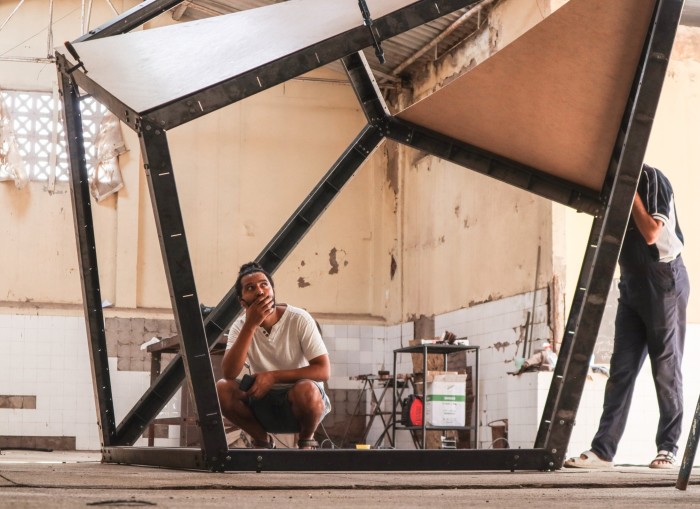
The work forms part of Visit to Okavango, a project he began in 2011 with the ambition (partly thwarted by the pandemic) of journeying across 16 African countries. It was conceived when he learned of the Okavango river, whose delta in Botswana empties not into an ocean but into the desert. “It’s the river that never meets his sea, his mother. I was entranced.” He realised he had never travelled on his own continent outside Morocco. “We thought of Europe as superior, but I started to question this.”
For his performance installation “National Territory” (2016), he traversed Morocco, digging his name into the soil, labouring eight hours a day like a humble wage-earner to embody human perseverance against forces that crush the individual. In “Perspective of Sheep” (2018), a show hinting at citizens’ dependence and submission, 50 ewes mingled with gallery visitors. A sequel in a 19th-century palace contained 3D wool reliefs. Faced with colonial power, he explains, “many people fled to the desert or mountains. These nomadic populations relied on sheep. So in Morocco, sheep are symbols of dignity and resistance.”
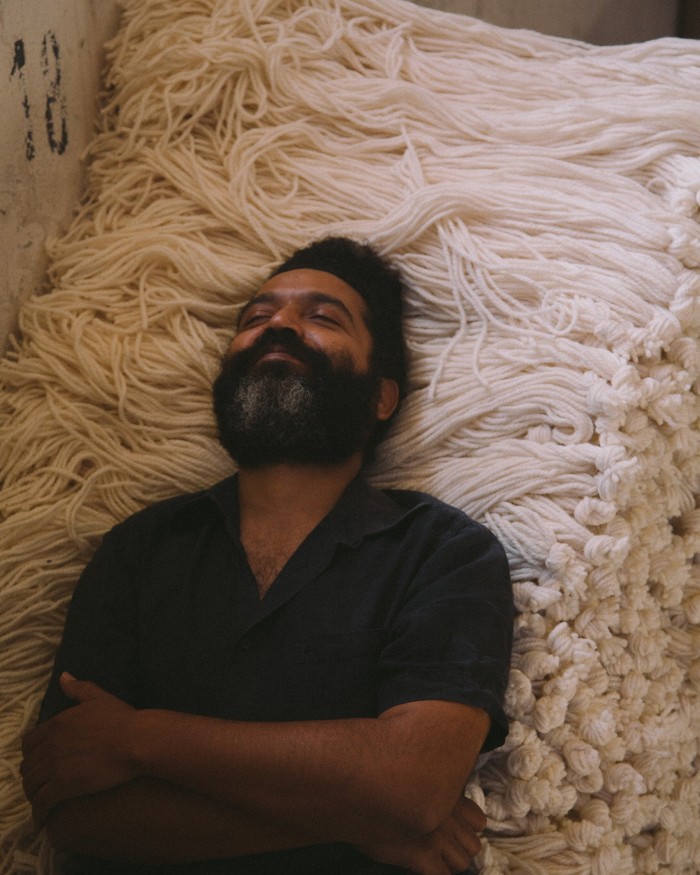
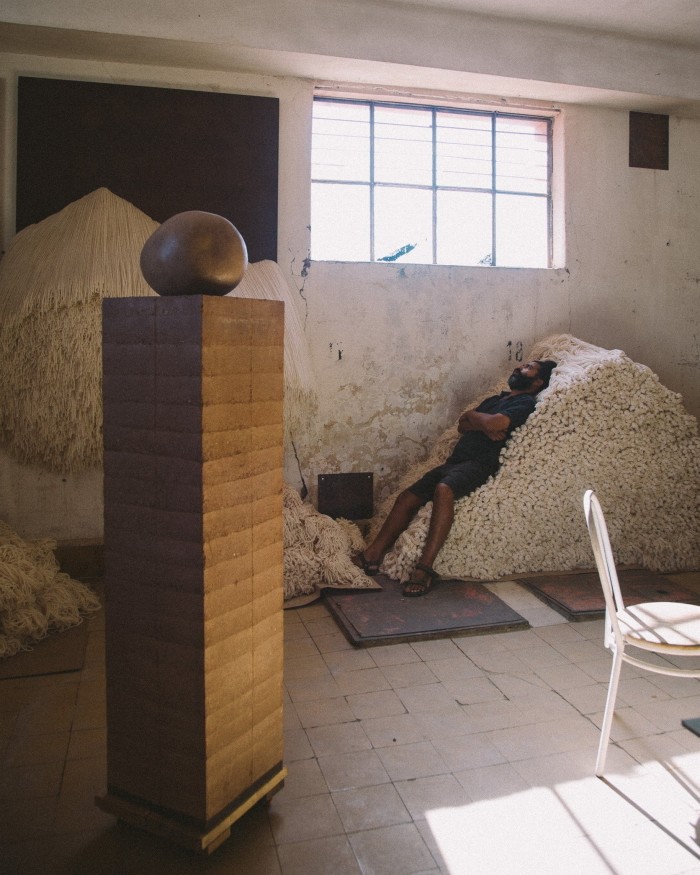
He shares some ideals with the Moroccan Modernists of the Casablanca school — the subject of an exhibition at Tate St Ives (to January 14). “They knew the power of art to change society,” he says. “But they had the opportunity to study in Italy, Spain, America.” Now, “the game has changed: I believe more in young artists inside our borders, who are choosing not to go to France to become famous.”
The prevailing view in Morocco is still of art as “elitist and decorative”, he says. Yet “artists have the power to push politicians and society to think. I try to travel in the past and bring lessons to change people’s vision . . . All my work is about giving hope and trust in ourselves.”
October 12-15, 1-54.com
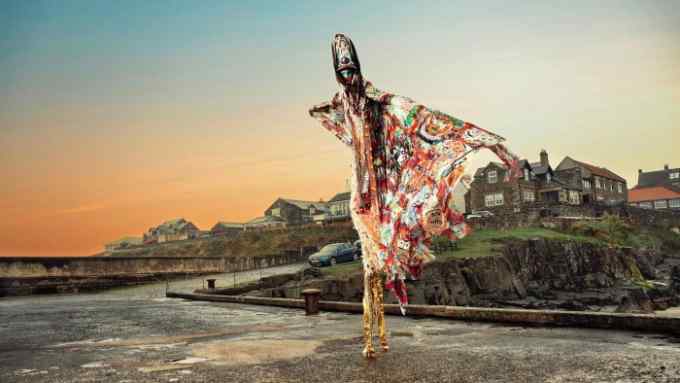
Comments